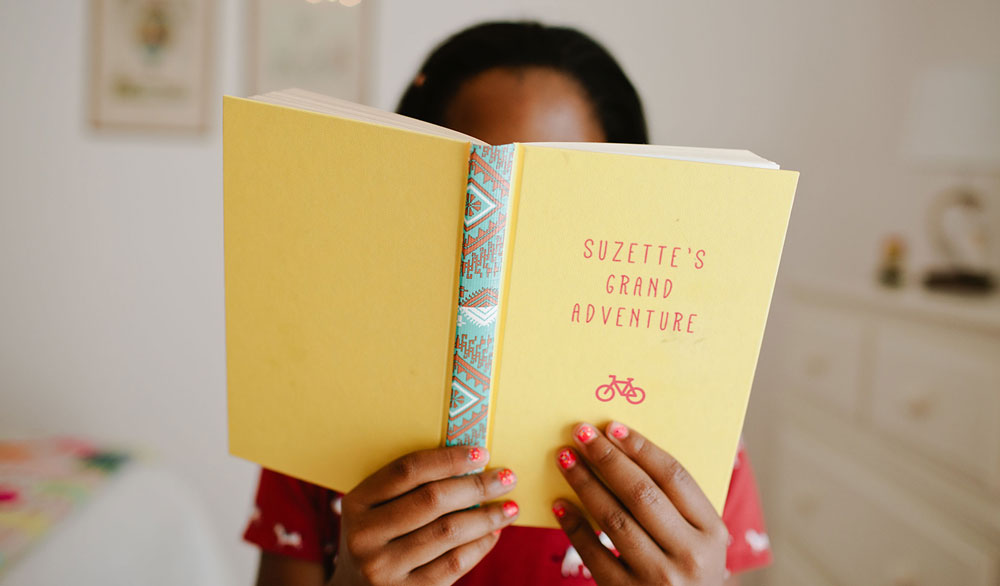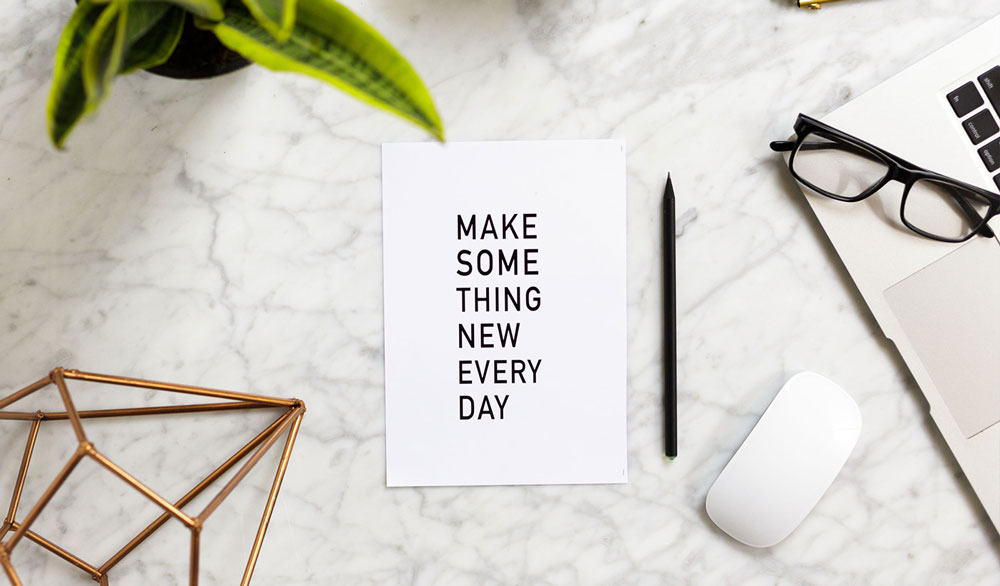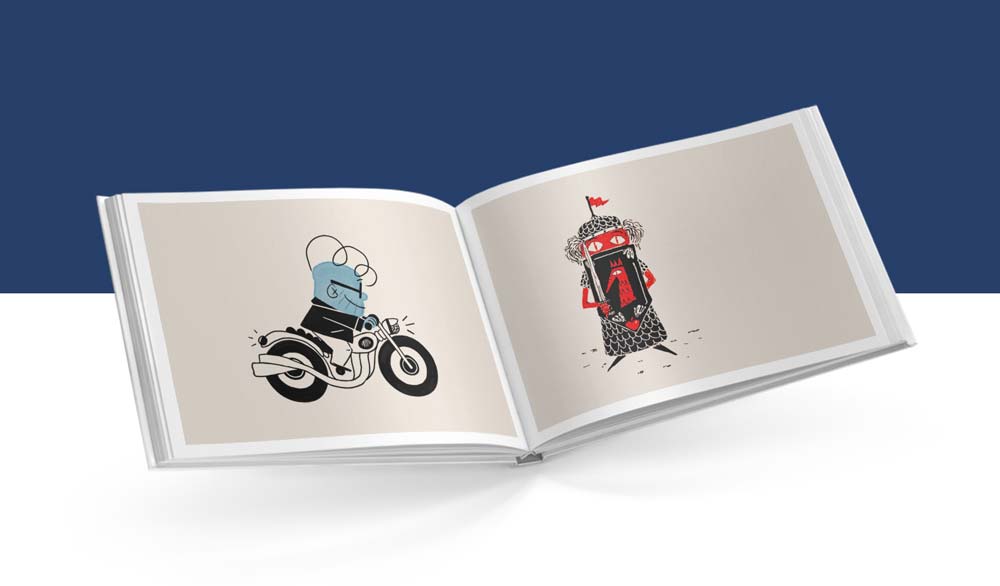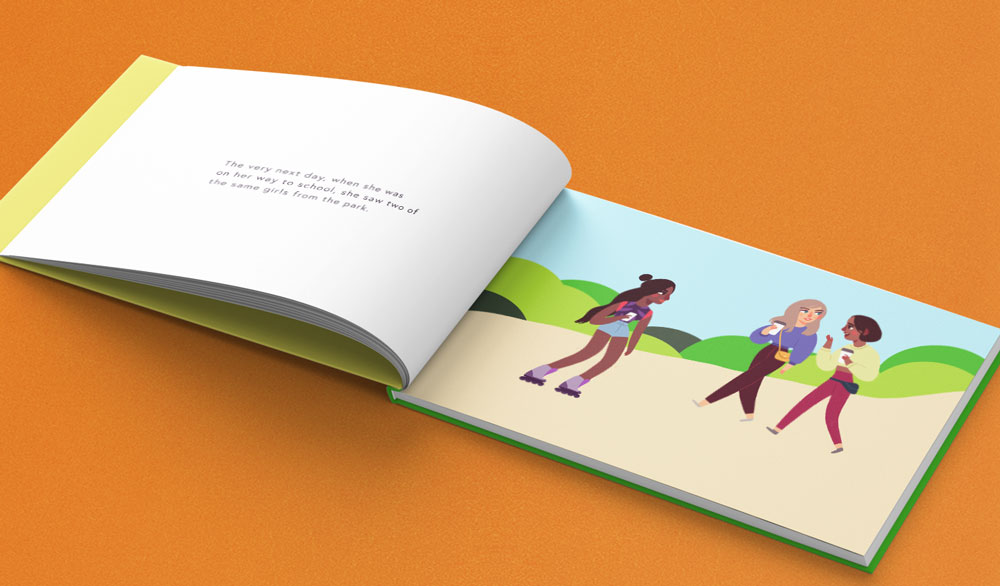How To Get Started Writing Children's Books
How to Start Creating Your Children's Book
Have you ever said, "I'd really like to do a children's book"? Do you find yourself saying it over and over again, while still not starting? We get it. It's hard to know where to start. Children's books seem so simple, but when you sit down to do it, what do you do first? It's only 32 pages! How hard can it be? It might surprise you to learn that creating and writing a children's book can take as much effort as a novel for adults. It's a unique process because the audience is really special. Not to worry! Like adult books, children's books don't have to be written in order. You can pick any of these steps below as a starting point, or follow them in order. The important thing is to begin!

1. Get clear on your motivations
Are you writing for some little ones you love? Writing because you love children's books? Are you an illustrator looking for a way to put some sketches to work? Are you writing for love, for profit, or both? Who are the children you picture reading this book? What are they like? Why are they reading it? Sometimes you have to start with a little thinking about why you want to make your book. Getting clear on this helps the book take shape.
2. Write and draw every day
Whether you're writing or you're illustrating, all stories are born from hours and hours of practice. One of our favorite Blurb children's books, Animals Under the Bed came from a self-challenge to paint animals for 100 days. The more author Meg Smiley created her animals, the more they sort of formed themselves into a story. Many of the characters you create, stories you think up, or lines you write won't make it into the final book, but it's not a waste of time—it's keeping the channels clear for your best creative work to flow and it's giving you lots of practice. You don't even have to write toward your project. Just keep pens and pencils moving, because the habit of creating is just as important for making a children's book as creating the content itself.

3. Read a lot of children's books
There's a rhythm, formula and style that makes children's books successful. There's a pattern to how the stories move. Characters have certain traits in common. Because it's been a while since you've been part of the age group you want as readers, you have to spend some time seeing what they see and gaining insight into their communication. Explore different genres, note relationships between words and pictures. What works well and what doesn't? Which elements do you want in your book? The nice thing is that with volumes of only 32 pages, you can read several. If you don't know what to write, this research phase is critical. And research counts as getting started.
4. Develop characters one at a time
Before you start to put them in a story, you need to know who your characters are. Are they human or animal or something altogether unique? What age is your main character meant to be? How about your supporting characters? What do they look like? What are their identifying personality traits? Who in your real life do you know that is like your characters? Once you have your characters, your story starts to come together. If you develop more characters than your story needs, you can use them for your next book!

5. List possible story elements
Where does your story take place? Fully flesh out the world of your characters, and brainstorm a list of things that might happen. You can also decide to start writing a non-fiction book, and this is the time you'd think about how you'd want to depict your topic so your young reader enjoys the discovery.
6. Decide on an age group
You may have had a story idea and a character idea well before you considered who might read it. You'll need to choose one, and check that your story, its length, and its characters are suitable for that audience. Children's books fall into one of these age groups:
- Toddler books (ages 1-3) up to 300 words
- Picture books (ages 3-5) up to 500 words
- Picture books (ages 4-8) up to 800 words. These can be fiction or non-fiction
- Easy Readers (5-8) 32-64 pages, and up to 1,200 words
7. List concerns, conflicts, struggles, experiences that your age group faces
You may have a particular reader in mind who fits one of those age groups, even before you have your story. If you spend some time thinking about what's important to your reader, you can then develop characters and stories your reader might like.

8. Play with your characters in different scenarios
What problems can your character solve? What struggles? Who is with your character in these situations? If you're starting to write a nonfiction book, consider creating a relatable character that experiences the discovery of the information that will connect with your readers.
9. Create a story arc
Outline your book with a beginning, middle, high-point, and resolution. This applies to both fiction and nonfiction.
10. Write
Start with your story. Do several drafts. Read it aloud. Get feedback, go back, and revise your children's book.
Once you've crafted your story with lovable characters, there will still be more work to do. Head over to our post on Publishing a Children's Book for more insight into how to get your work in the world.
How To Get Started Writing Children's Books
Source: https://www.blurb.com/blog/start-writing-a-childrens-book/
Posted by: lockhartthereenewhe.blogspot.com

0 Response to "How To Get Started Writing Children's Books"
Post a Comment